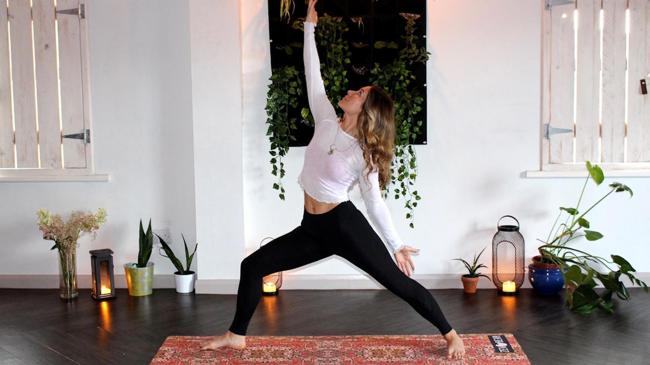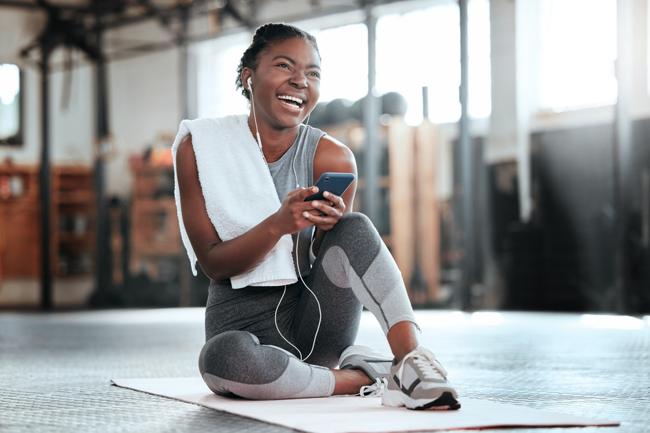Summary
In a world where virtual yoga has become the norm, are we losing touch with the essence of our practice? Let’s explore the balance between convenience and authenticity. #VirtualYoga #Mindfulnes
Source: Dropbox on MSN.com

AI News Q&A (Free Content)
Q1: What are the main differences between traditional in-person yoga practice and virtual yoga classes in terms of authenticity and effectiveness?
A1: Traditional in-person yoga emphasizes physical, mental, and spiritual union, with direct guidance from instructors who can correct postures and foster a communal environment. Virtual yoga classes, while providing convenience and accessibility, often lack real-time feedback and the immersive group experience. This can lead to incorrect posture execution and potentially reduce the authenticity and depth of practice. However, virtual sessions can help individuals feel more comfortable and confident practicing in solitude. Both formats have unique benefits and limitations that influence the spirit and outcomes of yoga practice.
Q2: How has the global adoption of virtual yoga classes impacted the mental and physical well-being of practitioners, especially during the COVID-19 pandemic?
A2: Virtual yoga has shown significant benefits in mental health, particularly in reducing stress and improving psychological well-being. During the COVID-19 pandemic, virtual classes provided a safe, accessible way to maintain physical activity and manage psychological distress. Studies reveal that 12 weeks of virtual yoga led to improvements in pain intensity, back-related function, and sleep quality. The shift has helped many maintain their yoga practice despite restrictions on in-person gatherings.
Q3: What evidence exists regarding the risks of injury or improper technique when practicing yoga virtually compared to in-person instruction?
A3: Virtual yoga classes increase the risk of improper technique due to the absence of in-person corrections by instructors. Practitioners may attempt poses incorrectly, potentially leading to strain or injury. In-person classes allow trainers to provide immediate feedback and ensure safety, whereas virtual platforms rely on clear verbal or visual instructions, which may not be sufficient for all participants, especially beginners.
Q4: How does the philosophy and holistic approach of traditional yoga, as outlined in the Yoga Sutras, differ from the modern virtual yoga experience?
A4: Traditional yoga, rooted in the Yoga Sutras of Patanjali, focuses on a holistic approach encompassing ethical principles (yama, niyama), physical postures (asana), breath control (pranayama), sensory withdrawal, concentration, meditation, and ultimately, spiritual liberation. Modern virtual yoga, especially in the West, often emphasizes physical postures and relaxation, sometimes neglecting the deeper mental and spiritual elements. This shift can dilute the comprehensive benefits and intended transformation described in ancient texts.
Q5: What do recent scholarly articles say about the effectiveness of digital health technologies, including virtual yoga, for improving mental health outcomes?
A5: A recent meta-analysis highlights that digital health technologies, such as virtual yoga, offer promising interventions for mental health conditions, particularly anxiety and stress. The COVID-19 pandemic accelerated the adoption of these technologies, demonstrating their accessibility and potential to deliver evidence-based care. However, effectiveness varies, and ongoing research is needed to ensure interventions are evidence-based, equitable, and tailored to individual needs. Workforce training and digital equity remain critical factors for maximizing impact.
Q6: How does Pilates compare to yoga in terms of its origins, practice, and evidence for health benefits, especially in virtual settings?
A6: Pilates, developed in the early 20th century by Joseph Pilates, focuses on controlled movements, core strength, and alignment. Like yoga, it is widely practiced both in-person and virtually. Evidence supports Pilates for improving balance and muscle conditioning, but there is limited support for its effectiveness in treating medical conditions such as back pain. Both disciplines benefit from professional guidance, and improper technique in virtual settings can reduce their efficacy and increase injury risk.
Q7: What technological innovations are being used to enhance the virtual yoga experience and address challenges of remote instruction?
A7: Recent advancements include the use of computer vision and self-assistance technology to identify and correct yoga postures in real time. These innovations aim to bridge the gap between virtual and in-person instruction by providing automated feedback, enhancing safety, and improving the accuracy of practice. As technology evolves, more interactive and personalized virtual yoga experiences are expected to emerge, supporting practitioners in maintaining correct form and maximizing benefits.
References:
- Yoga - https://en.wikipedia.org/wiki/Yoga
- Pilates - https://en.wikipedia.org/wiki/Pilates
- Virtual Yoga: Are Online Yoga Classes Effective? - https://www.vantagefit.io/en/blog/virtual-yoga/
- Effectiveness of Virtual Yoga Program on Pain, Function, and Sleep - https://jamanetwork.com/journals/jamanetworkopen/fullarticle/2825746





